13 Facts About Mandarins

Introduction
Mandarins (Citrus reticulata), with their vibrant color and sweet flavor, are more than just a fruit—they’re a cultural and nutritional treasure with a rich history. Often overshadowed by their citrus cousins, these little bundles of juiciness have fascinating stories and health benefits that have woven their way through time and across continents. From the royal courts of China to the sunny groves of the Mediterranean, mandarins have delighted palates and contributed to healthful diets for thousands of years.
In this article, we peel back the layers to uncover 13 fun facts about mandarins, revealing their global journey, nutritional power, and the intricate web of varieties that have emerged through the art of horticulture.
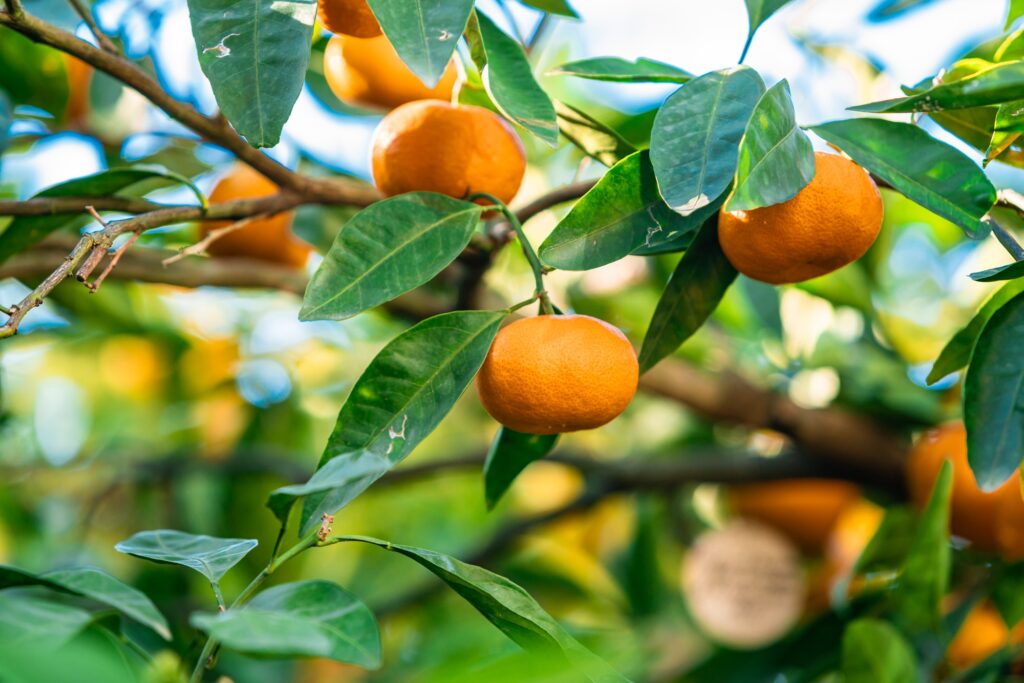
1. Mandarins Are Actually a Type of Orange
While we tend to think of oranges and mandarins as different fruits, mandarins are technically a type of orange. There are over 200 varieties of mandarins, with popular types including clementines, tangerines, satsumas, and tangors.
2. They Originated in Southeast Asia
Mandarins are native to southeast Asia, specifically southern China and the Philippines. They have been cultivated there for over 4,000 years. From Asia, mandarins spread to other warm regions like the Mediterranean and North Africa.
3. The Name Comes from China
The name “Mandarin” refers to the ornate robes worn by high-ranking imperial officials in China. Portuguese explorers coined this term after noticing these officials’ attire.
4. They’re Packed with Vitamin C
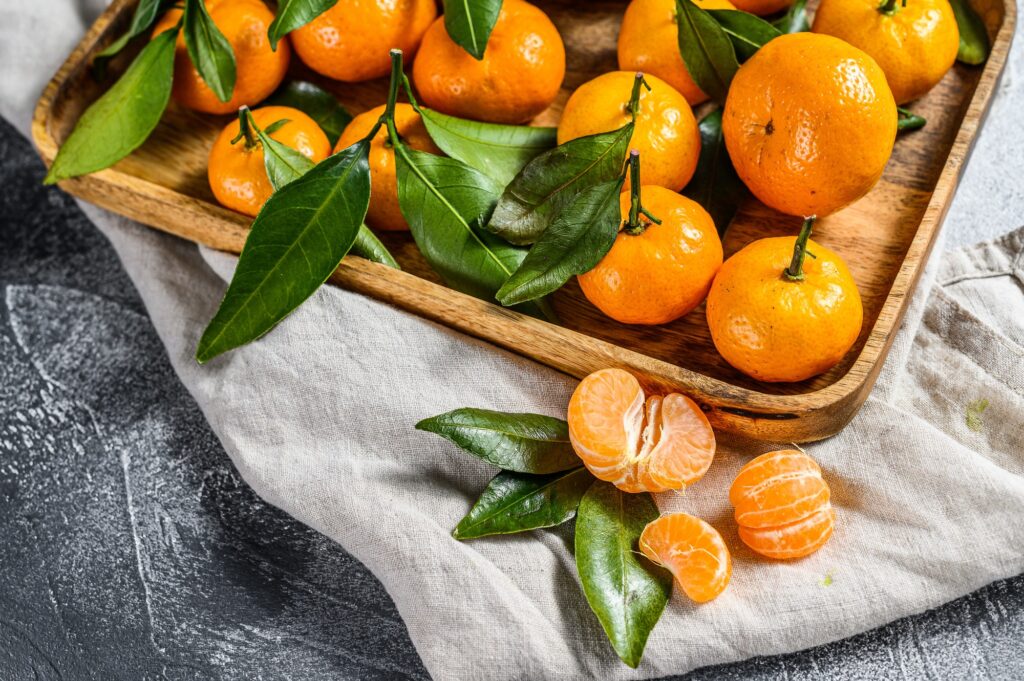
One mandarin contains over 20 milligrams of vitamin C, providing 30% of the recommended daily intake. Vitamin C boosts immunity, heals wounds, absorbs iron, and keeps skin and hair healthy.
5. Mandarins Have Antioxidant Phytochemicals
In addition to vitamin C, mandarins contain antioxidant plant compounds like beta-cryptoxanthin, beta-carotene, lutein, and zeaxanthin. These antioxidants protect cells from damage and lower disease risk.
6. The Peel Has Essential Oils
Mandarin peel contains volatile essential oils that give mandarins their tangy, citrusy aroma. These oils also have antifungal and antibacterial properties.
7. Some Varieties are Seedless
While most mandarins have small edible seeds, some varieties like clementines are virtually seedless1. Their seedlessness makes them especially convenient for snacking and fruit salads.
8. They’re Low in Calories
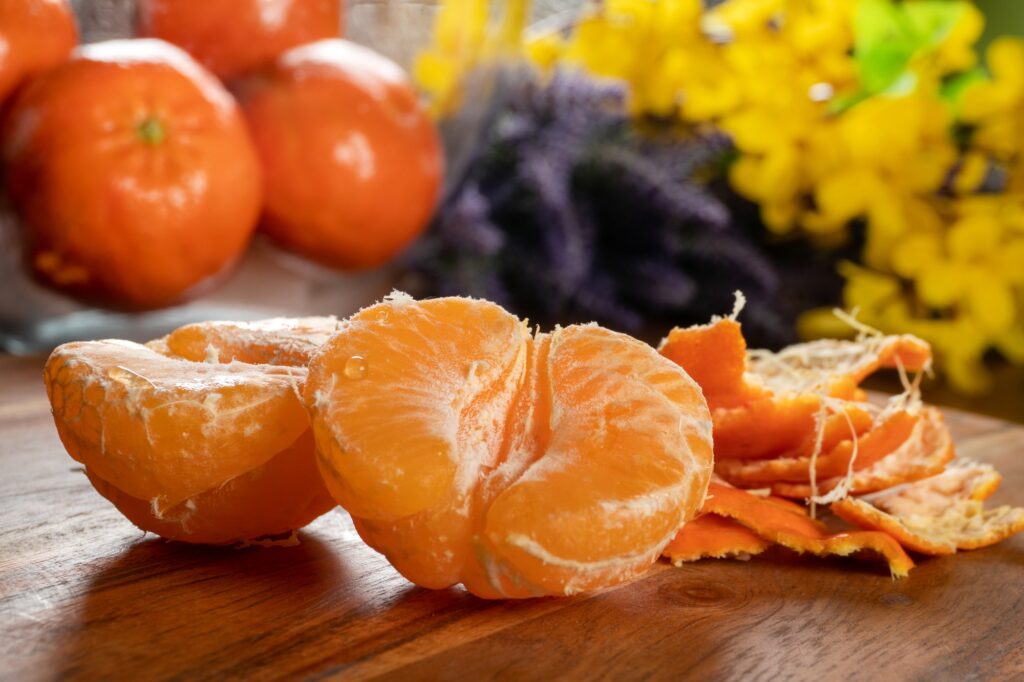
With only 60 calories per fruit, mandarins are a slimming snack. Their fiber content helps fill you up as well.
9. Mandarins May Lower Cancer Risk
Research shows that eating mandarins and other citrus fruits may lower the risk of liver, breast, and esophageal cancers due to their antioxidant content.
10. They Promote Heart Health
The fiber, potassium, antioxidants, and phytochemicals in mandarins support heart health by lowering blood pressure and bad LDL cholesterol.
11. Mandarins Fight Inflammation
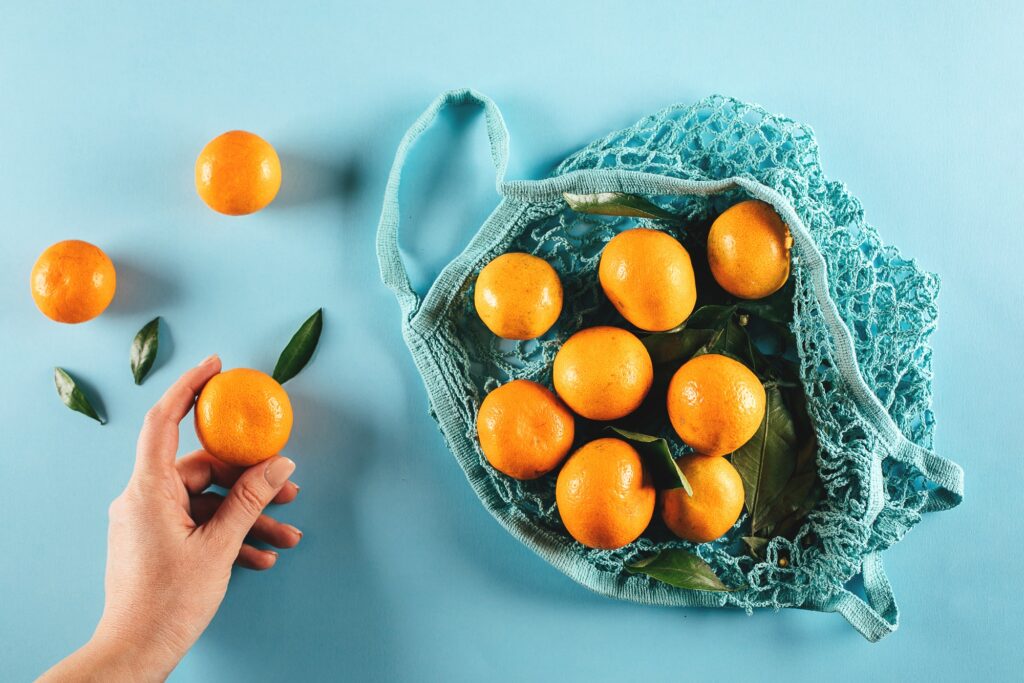
Plant compounds in mandarins like hesperidin and nobiletin have anti-inflammatory effects that may help with arthritis, allergies, and autoimmune diseases.
12. They Support Bone Health
Mandarins contain decent amounts of bone-building nutrients like calcium, magnesium, and phosphorus. Eating them may help prevent osteoporosis.
13. Many Hybrids Have Been Developed
Horticulturalists have bred many mandarin hybrids like tangors, tangelos, and orangelos by crossing them with oranges, grapefruits, or pomelos. Popular hybrids include temple oranges and honey tangelos.
In summary, mandarins are a nutritious and delicious fruit with a long history. With their sweet flavor, seedless varieties, antioxidant content, and health benefits, it’s no wonder these fruits remain popular worldwide.
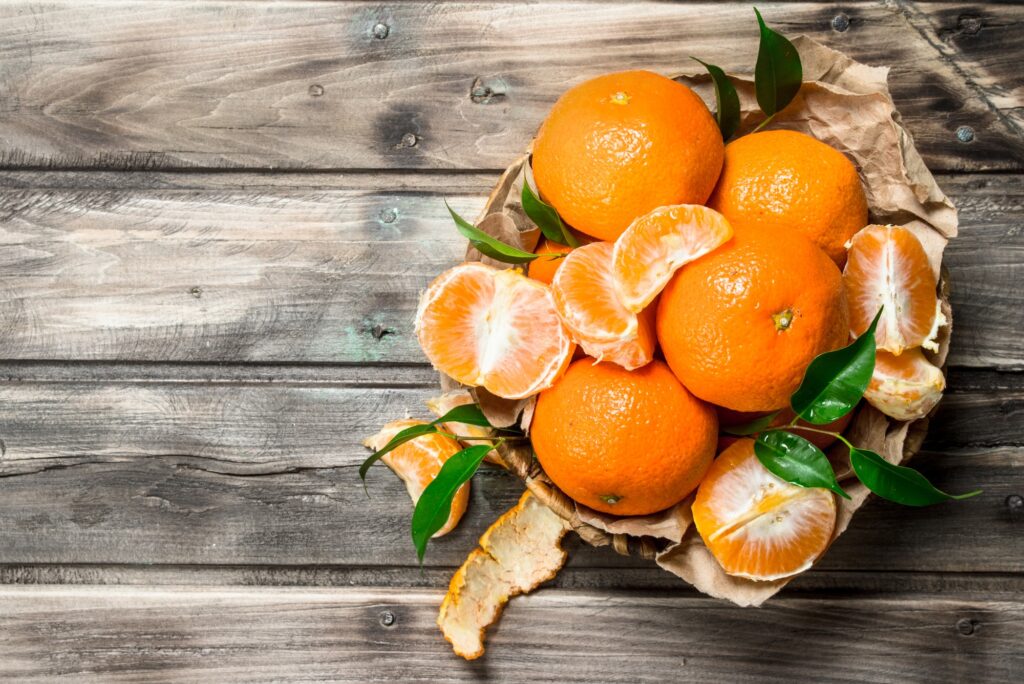
FAQ
What exactly is a mandarin?
A mandarin is a type of orange, scientifically known as Citrus reticulata. Despite common misconceptions, mandarins are not distinct from oranges but are a subgroup within the orange family. They come in over 200 varieties, like clementines and tangerines, and are known for their vibrant color and sweet flavor.
Where do mandarins originate from?
Mandarins trace their roots back to Southeast Asia, primarily southern China and the Philippines, where they have been cultivated for over 4,000 years. The fruit’s name is derived from the Mandarin officials of ancient China, noted for their similarly colored robes.
Are mandarins good for your health?
Yes, mandarins are packed with nutrients that benefit health, including over 20 milligrams of vitamin C per fruit. They also contain essential oils, antioxidants, and phytochemicals that help boost immunity, reduce inflammation, and lower the risk of certain cancers.
Can eating mandarins support weight loss?
Mandarins are low-calorie fruits, with only about 60 calories each, and are high in dietary fiber, which can help you feel full. This makes them an excellent snack for those looking to maintain or lose weight while still getting a burst of sweet flavor.
What are some popular mandarin hybrids?
Horticulturalists have developed many hybrids by crossing mandarins with other citrus fruits, resulting in varieties like tangors, tangelos, and orangelos. Some well-loved hybrids include temple oranges and honey tangelos, which combine the best traits of mandarins and other citrus fruits.
Conclusion
Embarking on a journey through the colorful and flavorful world of mandarins has uncovered a spectrum of insights—from their ancient Chinese origins to their role in modern nutrition. These 13 facts illuminate the mandarin’s multifaceted nature, showcasing its significance as a type of orange, its nutritional value with vitamins and antioxidants, and its continued evolution through hybridization.
As we reflect on the mandarin’s storied past and its contributions to health and gastronomy, it becomes clear that this fruit is more than a mere segment of the citrus family. It’s a symbol of nature’s ingenuity and humanity’s unending quest for delightful nourishment. Whether savored as a fresh, juicy snack or utilized for its aromatic oils, mandarin continues to be a cherished fruit that offers a zestful boost to our diets and lives.





